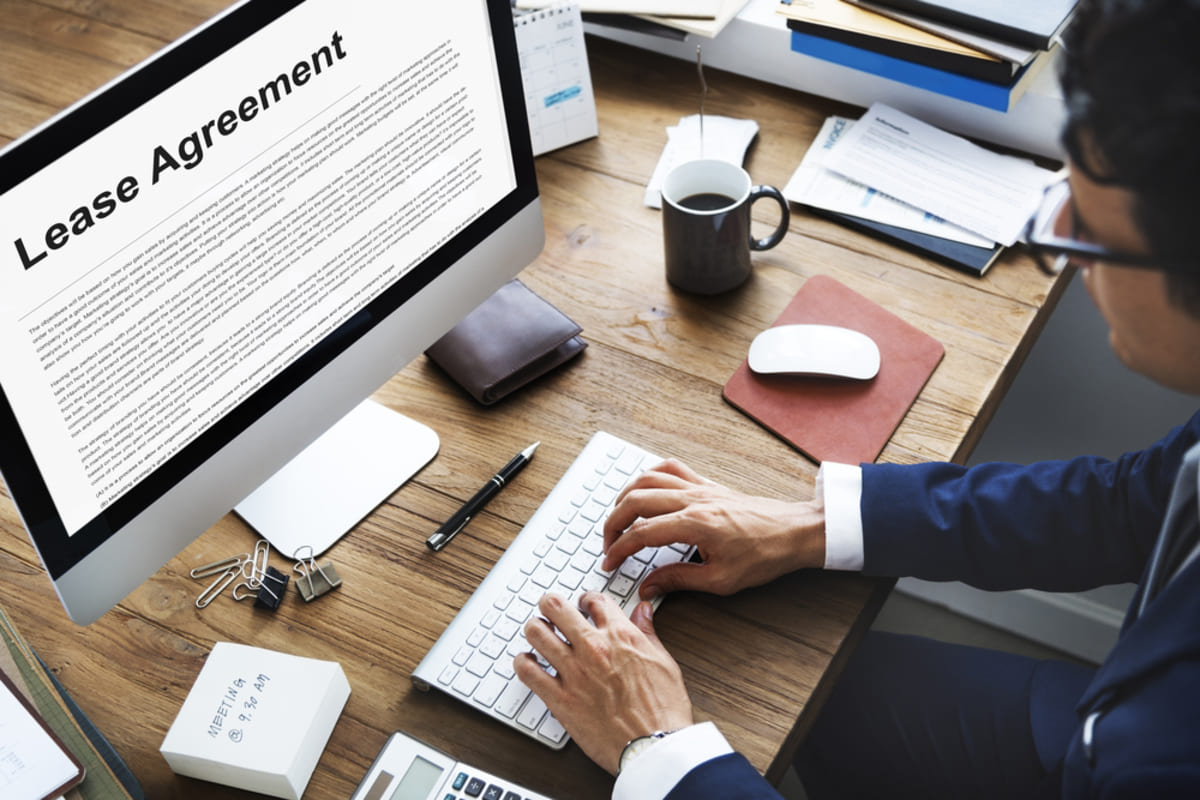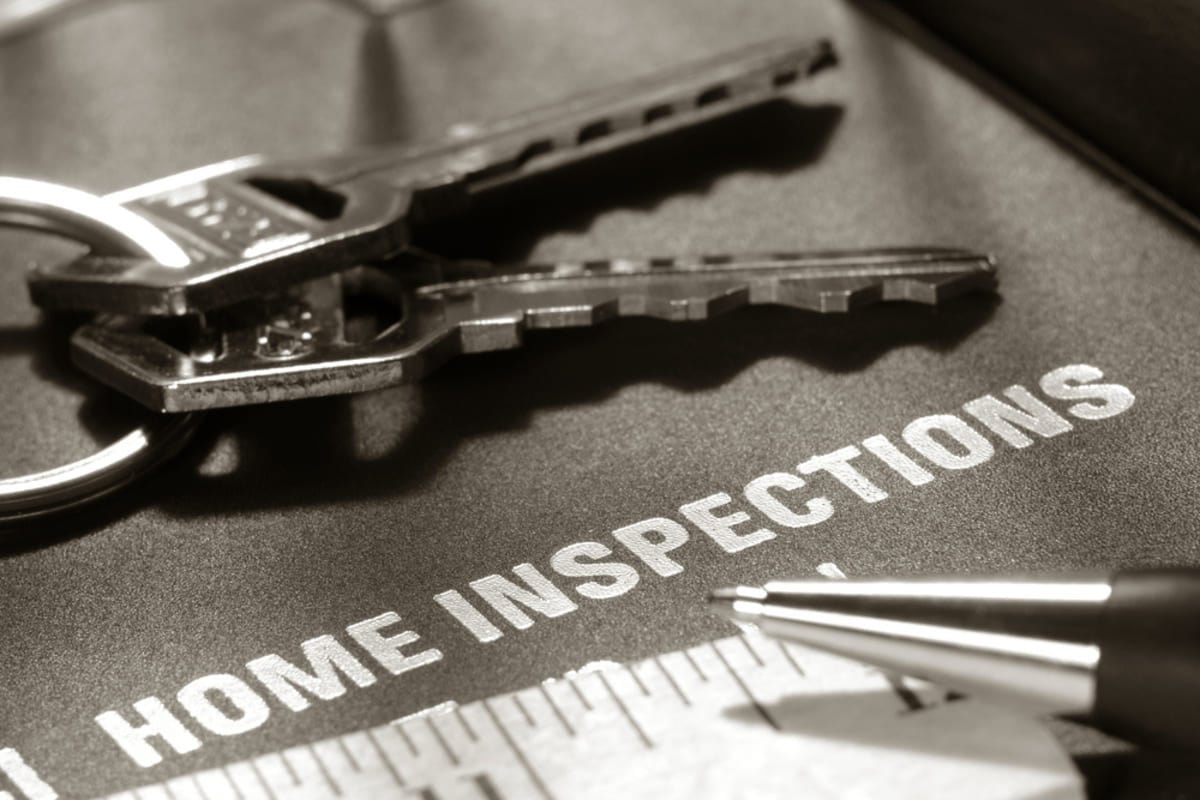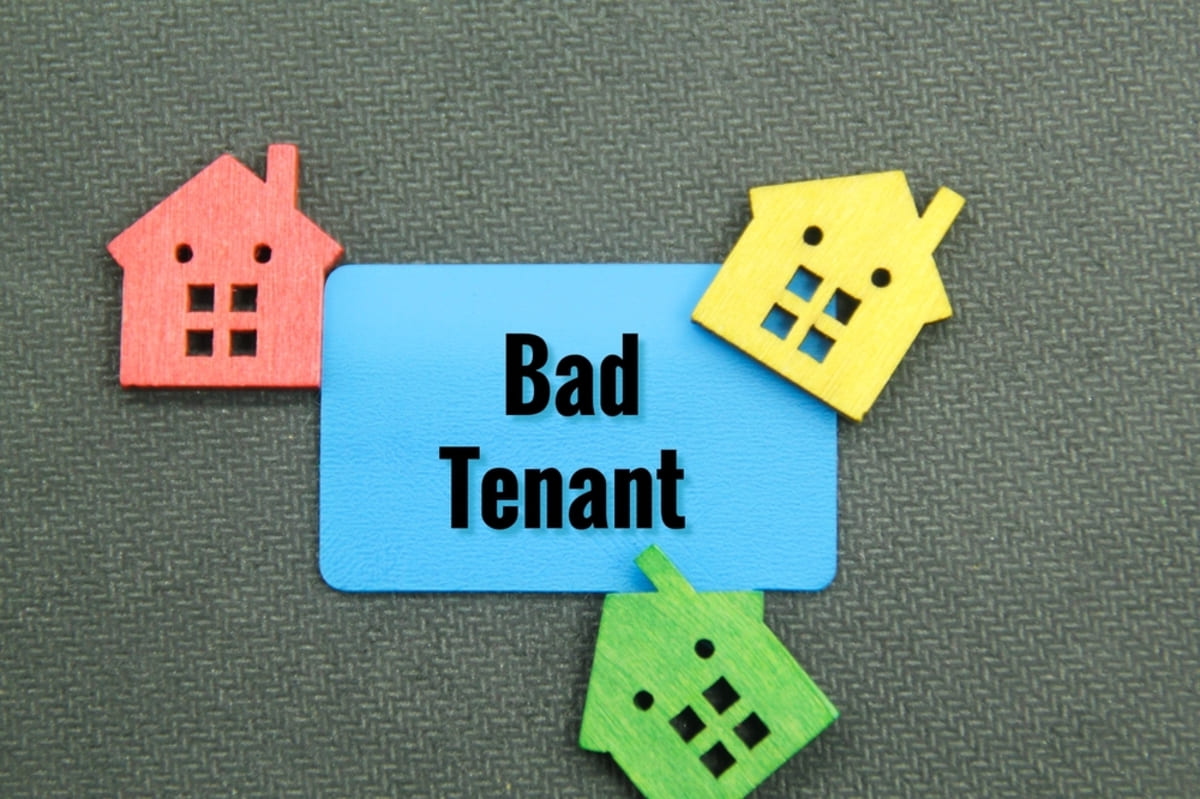Owning an investment property comes with the responsibility of protecting your valuable asset. One of the key ways to help with rental property management is by having a solid lease agreement in place. However, relying on a lease agreement template can pose significant risks that may compromise the protection of your investment.
At Charleston Property Company, we'll guide you through crafting a stellar lease agreement that protects your investments, helping you navigate the complex landscape of property rentals confidently.
Rental Property Management: The Importance of a Strong Lease Agreement Template
A strong lease agreement is the foundation of a successful and secure landlord-tenant relationship. It establishes the rights and responsibilities of both parties, sets clear expectations, and helps to prevent potential disputes. A strong lease agreement protects both the landlord and the tenant by including detailed clauses covering various aspects of the tenancy, such as monthly rent payments, maintenance responsibilities, and lease termination.
A well-drafted lease agreement provides legal protection and ensures that you, as the property owner, comply with local, state, and federal laws governing rental properties. It helps to mitigate risks, such as non-payment of rent, property damage, or unauthorized tenants. It also serves as a valuable reference in case of any disputes or conflicts that may arise during the tenancy.
What Are Lease Agreement Templates?
A lease agreement template is a pre-made lease agreement that provides a basic framework for a rental contract. They are often available online or through software programs and claim to simplify creating a lease agreement. These templates typically include standard terms and conditions that can be customized.
While a lease agreement template may seem convenient, it's essential to recognize its limitations. These templates are general and may not address specific legal requirements or nuances that vary from jurisdiction to jurisdiction. It's crucial to remember that lease laws can differ at the local, state, and federal levels. Relying solely on a lease template can leave property owners vulnerable to legal issues or disputes.
What Are the Risks of Using a Template?
While a lease agreement template may seem convenient and cost-effective, it can leave too much room for error. Lease templates are generic, one-size-fits-all documents that may not adequately address your investment property's needs and requirements. By using a template, you run the risk of overlooking essential clauses or legal obligations that are unique to your property or local regulations.
Using a lease agreement template can lead to several pitfalls that may compromise the protection of your investment property. Some of the risks associated with lease templates include:
Inadequate Legal Compliance
 Lease templates often need to address the specific legal requirements and regulations of your local, state, and federal jurisdictions. Each location may have its own set of laws governing landlord-tenant relationships, lease terms, and tenant rights. Using a generic lease agreement template risks overlooking critical legal provisions that should be included in your lease agreement.
Lease templates often need to address the specific legal requirements and regulations of your local, state, and federal jurisdictions. Each location may have its own set of laws governing landlord-tenant relationships, lease terms, and tenant rights. Using a generic lease agreement template risks overlooking critical legal provisions that should be included in your lease agreement.
Limited Customization
Lease templates often need more flexibility to accommodate your investment property's unique circumstances and needs. A generic lease agreement template may only cover some of the necessary provisions and clauses relevant to your situation. As a property owner, you may have specific rules, requirements, or additional terms that you want to include in your lease agreement.
By relying solely on a lease agreement template, you may miss the opportunity to tailor the lease agreement to your needs. Customization allows you to address specific concerns, such as pet policies, maintenance responsibilities, or restrictions on property use. This level of customization helps protect your investment property and ensures that both you and your tenants are on the same page regarding expectations and responsibilities.
Lack of Specificity
Lease templates often need more detail and specificity for a thorough lease agreement. A generic lease agreement template may use vague language or fail to address essential provisions for protecting your investment property. Loopholes and gray areas in your lease can lead to broken rules and lawsuits.
A professionally drafted lease agreement, on the other hand, includes clear and specific provisions that leave little room for interpretation. It covers rent payment terms, security deposits, maintenance responsibilities, and tenant obligations. This level of detail helps to mitigate potential misunderstandings with difficult tenants and provides a solid foundation for a successful landlord-tenant relationship.
Lease Agreement Template
To protect your investment property, avoiding using a lease agreement template and creating a stellar lease agreement that outlines the rights and responsibilities of both the landlord and the tenant is crucial. A well-crafted lease agreement can help prevent disputes, ensure legal compliance, and protect your interests. Here are some essential clauses and considerations when creating a lease agreement to help with your rental property management.
Important Clauses and Considerations
-
Rent and Payment Terms: Specify the monthly rent amount, due date, and acceptable payment methods. Include any late fees or penalties for overdue rent. It's essential to outline the consequences for non-payment of rent and the process for eviction if necessary.
-
Lease Duration: Clearly state the lease term, whether month-to-month or fixed-term. Include provisions for lease renewal or termination.
-
Maintenance and Repairs: Clearly define the landlord and tenant's responsibilities regarding maintenance and repairs. Specify which party is responsible for routine maintenance and repairs caused by tenant negligence.
-
Security Deposit: Clearly state the security deposit amount and the conditions for its return at the end of the tenancy. Include any deductions that may be made for damage or unpaid rent.
-
Tenant Responsibilities: Outline the tenant's responsibilities, such as maintaining cleanliness, following community rules, and notifying the landlord of necessary repairs or maintenance issues.
-
Property Access: Specify the circumstances under which the landlord may access the property, such as for repairs or inspections. Ensure compliance with local laws regarding notice requirements.
-
Pets and Subleasing: If you have specific rules regarding pets or subleasing, clearly outline these restrictions and any associated fees or requirements.
-
Legal Compliance: Ensure your lease agreement complies with local, state, and federal laws. Consult a lawyer or property management professional to ensure your lease is legally enforceable and protects your interests.
Ongoing Lease Management
 Creating a stellar lease agreement is a process that takes time. It is essential to regularly review and update the lease agreement as needed to reflect changes in laws, regulations, or your rental property management strategy. Stay informed about legal updates or new requirements that may impact your lease agreement.
Creating a stellar lease agreement is a process that takes time. It is essential to regularly review and update the lease agreement as needed to reflect changes in laws, regulations, or your rental property management strategy. Stay informed about legal updates or new requirements that may impact your lease agreement.
Creating a stellar lease agreement, seeking professional advice, and actively managing your lease can protect your investment property and maintain a positive landlord-tenant relationship. Remember, a well-crafted lease agreement is crucial in safeguarding your interests as a property owner.
For more help, download our Protecting Your Investment Property: A Guide today!


 Lease templates often need to address the specific legal requirements and regulations of your local, state, and federal jurisdictions. Each location may have its own set of laws governing landlord-tenant relationships, lease terms, and tenant rights. Using a generic lease agreement template risks overlooking critical legal provisions that should be included in your lease agreement.
Lease templates often need to address the specific legal requirements and regulations of your local, state, and federal jurisdictions. Each location may have its own set of laws governing landlord-tenant relationships, lease terms, and tenant rights. Using a generic lease agreement template risks overlooking critical legal provisions that should be included in your lease agreement. Creating a stellar lease agreement is a process that takes time. It is essential to regularly review and update the lease agreement as needed to reflect changes in laws, regulations, or your rental property management strategy. Stay informed about legal updates or new requirements that may impact your lease agreement.
Creating a stellar lease agreement is a process that takes time. It is essential to regularly review and update the lease agreement as needed to reflect changes in laws, regulations, or your rental property management strategy. Stay informed about legal updates or new requirements that may impact your lease agreement.





